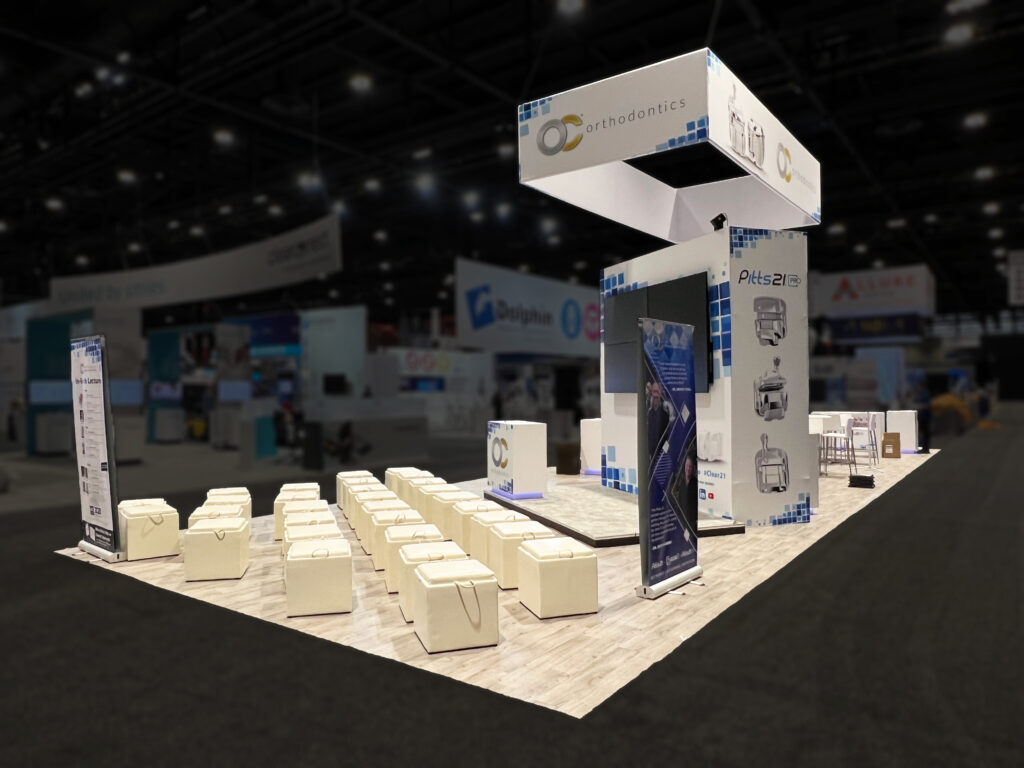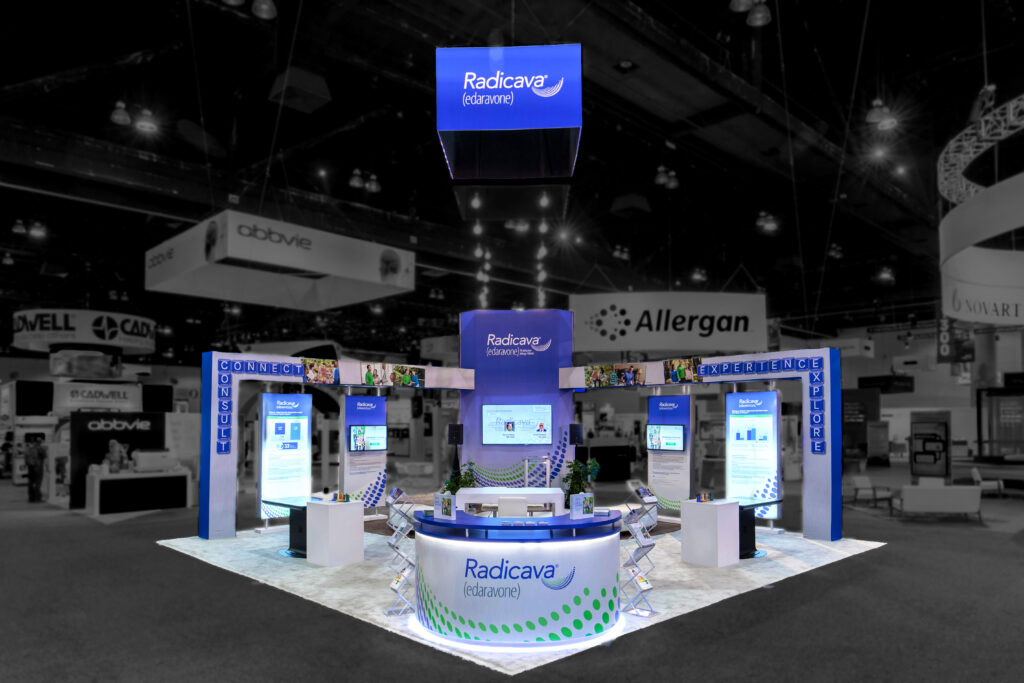Did you know that trade shows have been around for over a century now? The modern trade show’s earliest ancestor was fittingly named “The Great Exhibition,” and it took place under Queen Victoria’s reign in 1851. The show ran for five months at Hyde Park in London and was visited by over six million people.
Today, most trade shows last several days and have become incredibly efficient and advanced means for building business-to-business connections and attracting new clients. The trade show format was yet again revamped when the global pandemic happened, with the industry forced to keep the lights on by going digital over the past few years.
But that doesn’t mean the physical trade show has gone away. In fact, surveys show that guests actually prefer attending in-person trade shows over virtual ones. A study done by The Global Association of the Exhibition Industry revealed that 86% of trade show attendees found in-person shows superior to virtual events when it comes to the following categories:
While virtual events held a certain appeal, especially among participants who prioritized lower costs, many trade shows have largely returned to in-person formats. Some shows maintained the virtual aspect by streaming in-person shows, but only to supplement physical trade shows.

A key takeaway from the shift to virtual trade shows is their cost-efficiency compared to in-person events. As mentioned, however, both exhibitors and attendees prefer physical trade shows for many reasons. Trade shows have traditionally been utilized for networking and gaining knowledge about new offerings, so it only makes sense for a more social and experiential format to be more effective.
The shift to virtual during the pandemic kept profit margins from taking a hit. It also kept people connected — but it lacked the excitement and interaction that many people have come to expect when walking into a trade show. Simply put, the spontaneity and the sheer experience of actually walking around a venue and learning about new products and services was something that could not be replicated virtually.
Perhaps another benefit of uncovering the digital element of trade shows, though, is that it broadened the reach of the trade show format. By adding a virtual component to physical shows, such as a live stream or digital walkthrough, brands can now reach global audiences that may not otherwise be able to attend their event. As such, many shows in the trade show industry today are embracing a hybrid format that combines both the physical and virtual elements of trade shows.
While disruptive technologies like artificial intelligence, virtual reality, and augmented reality are poised to revolutionize product presentations and demos, the one thing that will remain unchanged in trade shows of all formats is conversation. Trade show attendees are looking for more than just an opportunity to discover new products and services; they also come to learn from industry leaders, discuss trends, and make meaningful connections.
At the end of the day, it’s conversations with key stakeholders that can turn leads into customers and generate long-term value for everybody involved. So, as the industry continues to evolve, quality conversations and connections will remain at the heart of the trade show experience.
UFI CEO Kai Hattendorf believes that moving forward, trade shows will focus less on just presenting products and become more experience and communication-driven. “[Trade shows] will have an element of augmentation that adds a different layer and additional layer of services, values, experiences,” he shares, “but it will remain driven by people wanting to spend time with other people.”
Consistent with the call for more personalized and communication-driven experiences in trade shows, leaders in the industry believe that future conventions may be held in much smaller venues than we were used to. Rather than large convention centers, trade shows may favor smaller venues as they move toward more regionally-focused events.
International Association of Exhibitions and Events (IAEE) President and CEO David DuBois believes that trade shows are set to become more personal and engaging in years to come and thus encourages organizers to craft experiences that will help them nurture relationships with their clients beyond the trade show days.
DuBois shares that attendees will likely expect enhanced offerings for consultation and engagement in face-to-face events. This means that exhibitors will need to step up their game when it comes to event booth design and creating lasting impressions through one-of-a-kind experiences during trade shows.
As the industry moves forward, it’s also important to remember that sustainability should be an integral part of trade show planning. This is especially true for big events such as conferences and conventions, which rely heavily on energy and resource consumption.
Trade shows are likely to become more sustainable in the coming years, considering not just their immediate environment but also their long-term impact on future generations.
Organizers will also be held to higher standards moving forward as the larger population of trade show attendees become increasingly environmentally conscious. As such, stricter adherence to the Event Industry Council’s Sustainable Event Standards should be expected, with an emphasis on minimizing waste and carbon footprint.
Sustainability is also associated with cost savings, as resources can be reused instead of being thrown away after the event. Additionally, being mindful of the environment does not only involve using recyclable materials but also equipping venues with renewable energy sources and waste management systems.

The future of trade shows looks bright as existing trends are being adopted into new formats, and technology has become an integral part of the process. The physical trade show is here to stay, only with a supplemental virtual component — offering attendees better flexibility and convenience depending on their preferences.
As the industry moves forward, conversations and meaningful connections will remain at the core of trade shows, while sustainability and cost-effectiveness are set to become their fundamental pillars. By focusing on these key areas, trade show organizers can ensure their events have a memorable and lasting impression on their attendees.
Want to gain an edge? Get ideas, tips, and
resources from the exhibit industry's top experts.